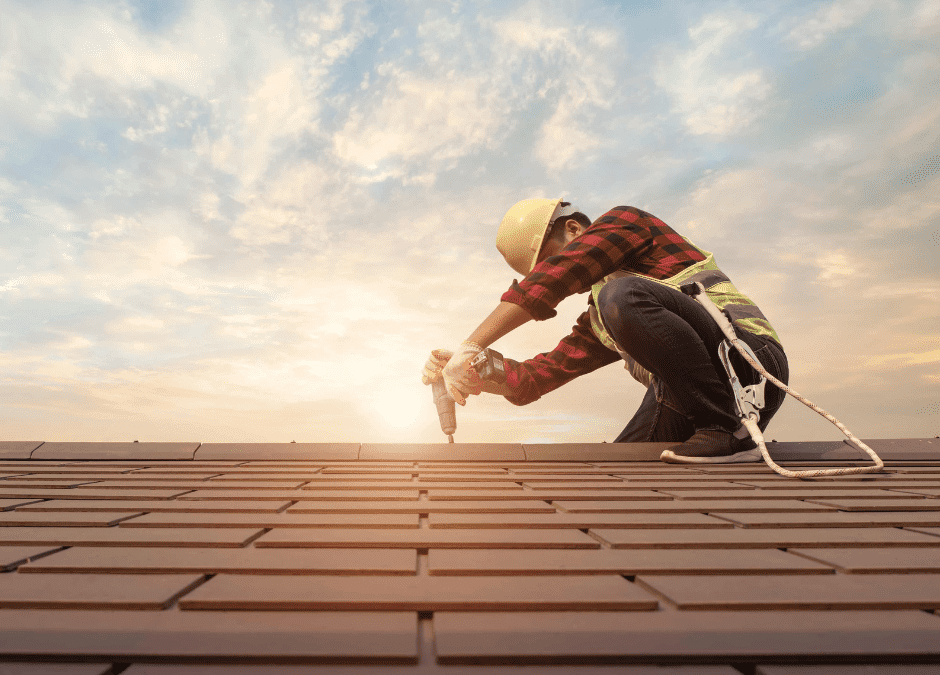Maintaining your home involves more than just cleaning and minor repairs. It’s important to understand the lifespan of various home components to plan and budget for their eventual replacement. Here’s a guide on the typical lifespan of key items in your home and when replacements may be necessary:
Roof:
- Lifespan: The lifespan of a roof depends on the material used. Generally, asphalt shingle roofs last about 20 to 30 years, while metal, tile, and slate roofs can last 50 years or more.
- Replacement: Consider replacing your roof if you notice extensive damage, missing shingles, leaks, or if it has reached its expected lifespan.
Furnace/Heating System:
- Lifespan: A well-maintained furnace can last 15 to 30 years. However, it may become less efficient as it ages.
- Replacement: Replace your furnace if it frequently breaks down, requires costly repairs, or is more than 15 years old.
Air Conditioning (AC) System:
- Lifespan: AC units typically last 10 to 15 years with proper maintenance.
- Replacement: Consider replacing your AC system if it struggles to cool your home effectively, requires frequent repairs, or is over 10 years old.
Water Heater:
- Lifespan: Tank water heaters last about 10 to 15 years, while tankless heaters can last up to 20 years.
- Replacement: If your water heater is leaking, producing insufficient hot water, or near the end of its expected lifespan, it’s time for a replacement.
Windows:
- Lifespan: The lifespan of windows varies depending on materials and quality. Good-quality windows can last 20 to 30 years or more.
- Replacement: Replace windows if they show signs of drafts, condensation between panes, or difficulty opening and closing.
Exterior Siding:
- Lifespan: Common siding materials like vinyl, wood, and fiber cement can last 20 to 40 years or longer.
- Replacement: Consider replacing siding when it becomes damaged, warped, or significantly faded in color.
Appliances:
- Lifespan: Household appliances have varying lifespans. For example, refrigerators and ovens can last 10 to 15 years, while washers and dryers typically last 8 to 12 years.
- Replacement: Replace appliances if they frequently malfunction or are beyond their expected lifespan.
Flooring:
- Lifespan: The lifespan of flooring materials varies widely. Hardwood flooring can last 25 to 100 years, while carpeting may last 10 to 15 years.
- Replacement: Replace flooring when it shows extensive wear, damage, or if you desire a style update.
Plumbing Pipes:
- Lifespan: Plumbing pipes have different lifespans based on materials. For example, copper pipes can last 50 years or more, while PVC pipes may last 25 to 40 years.
- Replacement: Replace plumbing pipes if you experience frequent leaks, reduced water pressure, or when they near the end of their lifespan.
Electrical Systems: – Lifespan: Electrical systems, including wiring and panels, can last 30 to 50 years or more. – Replacement: Consider upgrading your electrical system if it frequently experiences issues, such as tripped breakers or outdated components.
Regular maintenance and timely replacements of these home components are essential for ensuring the safety, comfort, and value of your property. Keep in mind that these are general guidelines, and actual lifespans may vary based on factors such as usage, climate, and maintenance practices. Regular inspections by professionals can help you assess the condition of these components and plan for replacements as needed.

